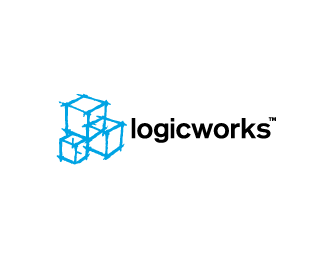

The ability to offer extensive customization options can be overshadowed when your ingredients and such start to look like a Google Sheet a dozen people at your workplace have been using to track everything for the last three years.įor example, Panera’s popular “Sandwich and Soup” that’s a staple for their restaurants looks like total hell in DoorDash which is far cry from the refined deli marketplace vibe you feel in the store. They even have an indicator that shows the default option, which is helpful for users that get a little wild with their ingredient selection before reeling it back in. They don’t incorporate unique visuals for each ingredient component – something we feel would add immense value to products like the Cold Stone app – but the detailed product picture gets the point across for specialty beverages while descriptors found in each submenu sufficiently describe each option. Once you’ve found an item you like, you’re presented with an assortment of context-appropriate customizations options (e.g., you can’t “add cheese” to your Frappuccino) for the product. More-or-less, the same damn menu is used around the globe as it has been for decades but the deluge of words breaks most of our resolve within moments of opening the menu and we just order General Tso’s Chicken. Lots of options can be overwhelming if they’re not presented properly – for example, think of the typical ma-and-pa Chinese restaurant menu.

Customization is robust without being tedious Though there is some flexibility with the layout, foodservice apps should strive to emulate the same “open floor plan” style the Starbucks app purveys. If a user wants to quickly check their loyalty reward points, start an order, take advantage of the mobile payment for an in-store contactless order, all these options are immediately visible. These items remain near the top as the user scrolls down, which is helpful for those who choose to browse for promotions and such before ordering. Unless you’ve never opened an app before in your life, you immediately have a sense of where to go to complete whatever task you have in mind.Īcross the top of the screen, users are able to see highly-visible links to their inbox, a handy store locator, recent transactions, and account settings. New places can be equal parts frustrating as they are exciting – generally speaking, the more “open” space is, the more inviting it should feel. You’re likely not going to have the brand presence the company has enjoyed for the last couple of decades and the resulting privileges that come with the territory.īut by incorporating the following elements into your product, you will garner better user engagement which translates to more revenue. The Starbucks app boasts some impressive numbers – by understanding the overall UX of this app, other restaurants could get closer to this level of success. The app’s end goal is designed to get coffee, among other treats, in the hands of coffee lovers and caffeine addicts alike as quickly and efficiently as possible. Here, we’re going to highlight the four key takeaways from the webinar you can watch just below.

This is why we chose to feature the app during a recent webinar that specifically calls attention to all the little details they nail and what the outcomes yield for their business. It should come as no surprise that the Starbucks app is one of the best in the QSR space from every angle.
#Logicworks seattle free
Get Our Free Guide – 6 Must-Have Features of Your Restaurant App


 0 kommentar(er)
0 kommentar(er)
